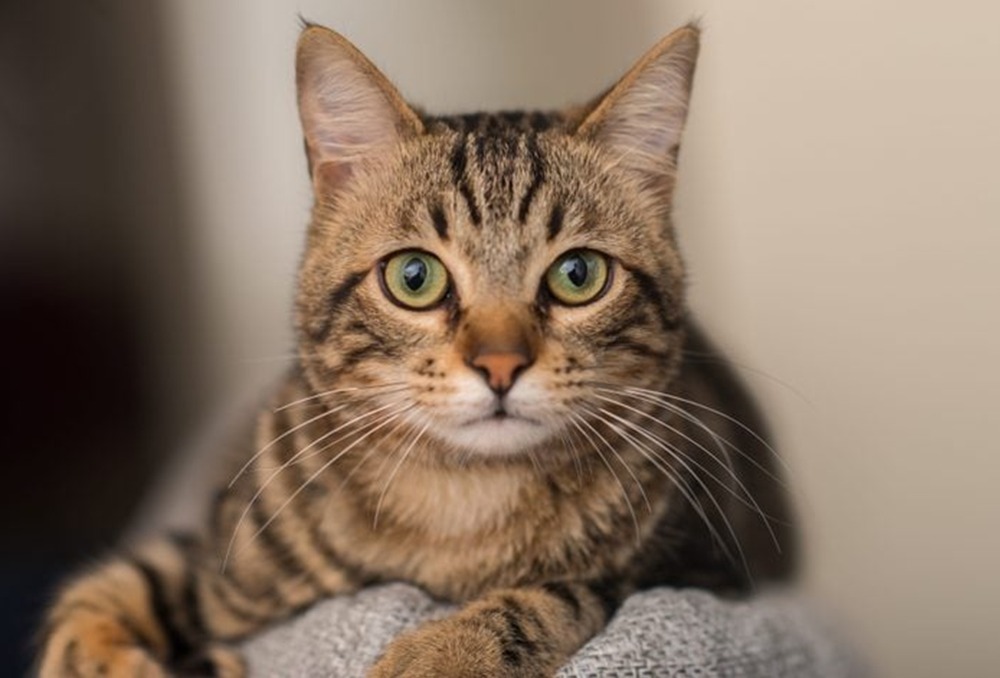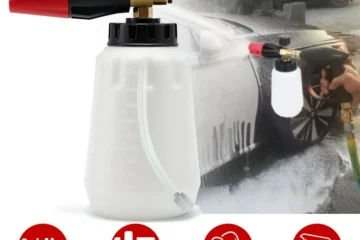Cats, with their mysterious ways and playful personalities, often seem immune to the weather, whether it’s sweltering heat or chilly winter. However, like all creatures, cats have mechanisms to cool down and maintain their ideal body temperature. In this article, we’ll explore how cats regulate their temperature, whether they sweat, signs of overheating to watch for, and how you can help your feline friend stay cool during hot weather.
Do Cats Sweat?
Cats have a unique way of regulating their body temperature, and sweating isn’t their primary method. Unlike humans, who have sweat glands covering their bodies, cats have only a few sweat glands, mainly on their paw pads. These sweat glands are not very efficient at cooling down the entire body.
Instead, cats rely on alternative methods for thermoregulation:
- Panting: Although panting is more commonly associated with dogs, cats can also pant to release excess heat. When they pant, warm air is expelled, helping to regulate their body temperature. However, it’s worth noting that cats do not pant as frequently as dogs, so excessive panting should be monitored closely as it could indicate a problem.
- Limited Sweat Glands: Cats possess sweat glands primarily on their paw pads, which are not as effective as human sweat glands at cooling the body. They utilize alternative methods for temperature control.
- Grooming: Cats are renowned for their fastidious grooming habits, and this behavior serves a dual purpose. By licking their fur, they encourage the evaporation of saliva, creating a cooling effect on their skin. Additionally, the moisture on their fur aids in dissipating heat.
- Seeking Shade: Cats are skilled at finding shaded areas to rest in when the sun’s rays become too intense. Whether it’s under a tree or a cool, shady spot indoors, cats instinctively gravitate towards cooler environments during hot weather.
Recognizing Signs of Overheating in Cats
Understanding the warning signs of overheating in cats is pivotal for their well-being. Look out for these common indicators:
- Excessive Panting: Cats typically don’t pant like dogs. If you notice your cat panting heavily, it’s a sign that they are trying to cool themselves down. Panting in cats is abnormal and should be taken seriously.
- Rapid Breathing: An increased respiratory rate is a sign of distress in cats. If your cat is breathing rapidly and shallowly, it may be due to overheating.
- Lethargy: Overheated cats often become lethargic or weak. They may lie down and not show interest in their surroundings or usual activities.
- Salivating or Drooling: Excessive salivation or drooling can occur when a cat is overheated. The saliva may be thicker than usual.
- Restlessness: An overheated cat may exhibit signs of restlessness, pacing, or inability to settle down comfortably.
- Gums and Tongue: Check your cat’s gums and tongue. If they appear bright red or deep pink instead of their normal pale pink color, it may indicate overheating.
- Vomiting or Diarrhea: Overheating can lead to gastrointestinal upset, resulting in vomiting or diarrhea.
- Elevated Body Temperature: Use a rectal thermometer to check your cat’s body temperature. A normal cat’s temperature is between 100.5°F to 102.5°F (38°C to 39.2°C). If it exceeds 104°F (40°C), it’s a sign of overheating.
- Unsteady Gait: An overheated cat may have difficulty walking or appear uncoordinated.
- Collapse or Loss of Consciousness: In severe cases of overheating, a cat may collapse, lose consciousness, or have seizures. This is a medical emergency.
Are There Specific Cat Breeds More Prone to Heat Stress?
Certain cat breeds may be more prone to heat stress than others due to their physical characteristics and coat types. Cats with thick, long fur and brachycephalic (short-nosed) breeds tend to be more susceptible to heat stress. Here are some cat breeds that might be more at risk:
- Persian Cats: Persian cats have long, dense fur, which can trap heat and make them more prone to overheating.
- Himalayan Cats: Similar to Persians, Himalayans have a long coat that can lead to heat-related issues.
- Maine Coon Cats: Maine Coon cats have thick fur that is well-suited for colder climates but can be problematic in hot weather.
- Ragdoll Cats: Ragdolls have a semi-long coat and may be less tolerant of heat.
- Scottish Fold Cats: These cats are prone to breathing difficulties due to their unique folded ear cartilage, which can be exacerbated in hot weather.
- British Shorthair Cats: While they have a short coat, their dense body structure can make them more sensitive to heat.
- Exotic Shorthair Cats: These cats have a brachycephalic facial structure, which can lead to breathing difficulties and increased susceptibility to heat stress.
- It’s essential to be vigilant with these breeds during hot weather and take extra precautions to keep them cool and comfortable. However, it’s important to note that individual cats within any breed can have varying tolerances to heat. Factors such as age, health, and overall fitness can also influence a cat’s susceptibility to heat stress.
Tips for Cooling Down a Cat
Cooling down a cat is important, especially during hot weather or if your cat is showing signs of overheating. Cats can become overheated and dehydrated quickly, which can be dangerous to their health. Here are some tips for cooling down a cat safely:
- Provide shade and a cool environment: Ensure your cat has access to a shaded and well-ventilated area, preferably indoors during hot weather. Keep curtains or blinds closed to block out direct sunlight.
- Fresh water: Always make sure your cat has access to fresh, cool water. Consider adding ice cubes to their water bowl to keep it cooler.
- Wet their paws and ears: Dampen a cloth or paper towel with cool (not cold) water and gently wipe your cat’s paws and ears. These are areas with less fur and can help dissipate heat.
- Use a fan or air conditioning: If you have air conditioning or a fan, keep the room at a comfortable temperature. Cats can benefit from a cooler environment just like humans.
- Freeze some treats: Offer your cat frozen treats, such as small ice cubes made from diluted chicken or tuna broth. Cats may lick or chew on these to cool down.
- Grooming: Brushing your cat can help remove excess fur and improve air circulation around their body. Be gentle, especially if your cat doesn’t enjoy being groomed.
- Cooling mats or pads: Consider using a cooling mat or pad designed for pets. These can provide a cooler surface for your cat to lie on.
- Avoid direct sunlight: Ensure your cat’s resting spots are away from direct sunlight and hot surfaces like windowsills or radiators.
- Limit outdoor activities: During the hottest parts of the day, it’s best to keep your cat indoors and limit outdoor activities to the cooler morning or evening hours.
Conclusion
While cats are naturally equipped to handle temperature fluctuations, they can still experience overheating in extreme conditions. As responsible cat owners, it’s essential to remain vigilant and take proactive steps to safeguard our feline companions from the perils of excessive heat. By recognizing the signs of overheating and implementing preventive measures, we can ensure that our cats remain happy, healthy, and cool during the scorching summer months.



